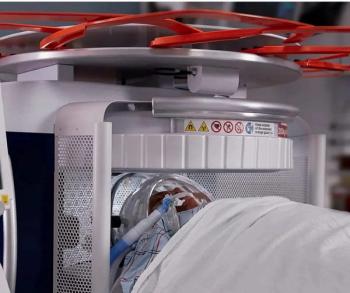
Breast MRI Improves Depiction of DCIS
Using breast MR imaging among women with ductal carcinoma in situ provides better depiction of invasive breast cancers.
Breast MR imaging improves depiction of ductal carcinoma in situ (DCIS) components of invasive breast cancers before surgery, according to a study published in
Researchers from Germany performed a prospective study to compare diagnostic accuracy of breast MR imaging with conventional imaging (digital mammography and breast ultrasonography) in the identification of DCIS components of biopsy-proven invasive breast cancer before surgery. They also sought to investigate the surgical outcomes of women with breast cancer who underwent preoperative MR imaging combined with MR-guided needle biopsy and/or MR-guided lesion localization or bracketing where appropriate.
A total of 593 consecutive patients with biopsy-proven invasive breast cancer participated in the study. All underwent breast MR imaging in addition to conventional imaging. MR-guided vacuum biopsy and MR-guided lesion bracketing were performed for DCIS components visible at MR imaging alone.
The results showed surgical-pathologic assessment demonstrated DCIS components in 139 of the 593 women (23.4%). MR imaging was significantly higher for sensitivity for the diagnosis of DCIS components pre-operatively in 118 women out of 139 (84.9%) than that of conventional imaging, which detected 51 of the 139 (36.7%). More than half of DCIS components (51.1%; 71 women of 139) were detected only with MR imaging.
The researchers found the sensitivity advantage of MR imaging over conventional imaging increased with increasing relative size of DCIS components:
The sensitivity advantage of MR imaging over conventional imaging also increased with increasing nuclear grade of DCIS components:
Positive margin rates were low overall (3.7%) and did not differ significantly between the 139 women with DCIS components (5.0%) compared with the 454 women without such components (3.3%). The same was true for mastectomy rates (10.8% versus 8.1%).
The researchers concluded that use of breast MR imaging improved depiction of DCIS components of invasive breast cancers before surgery and was associated with positive margin and mastectomy rates that were low irrespective of the presence or absence of DCIS components.
Newsletter
Stay at the forefront of radiology with the Diagnostic Imaging newsletter, delivering the latest news, clinical insights, and imaging advancements for today’s radiologists.



























